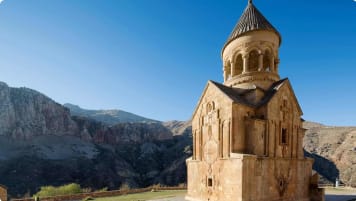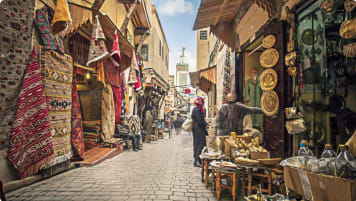How Charles-Axel Guillaumot Prevented the Collapse of Paris
Guillaumot prevents Paris collapse. Modern-day Paris On April 24, 1777, architect Charles-Axel Guillaumot, newly minted Inspector of Quarries, experienced the worst first day at work. More than two years prior, in the afternoon of December…
28 Aug 18 · 9 mins read
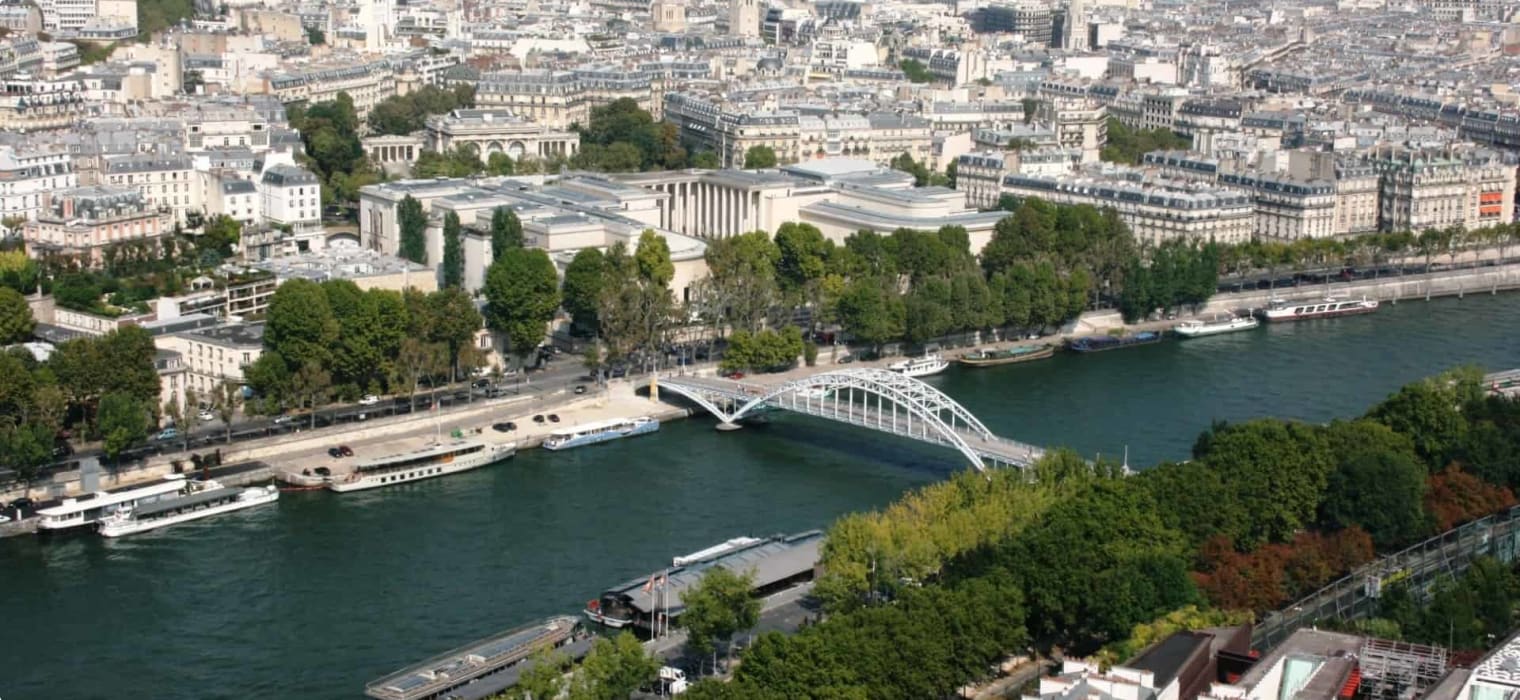
Guillaumot prevents Paris collapse.

On April 24, 1777, architect Charles-Axel Guillaumot, newly minted Inspector of Quarries, experienced the worst first day at work.
More than two years prior, in the afternoon of December 17, 1774, a gaping mile-long trench suddenly opened up on the eastern side of the ominously named Rue d’Enfer (Street of Hell, now the Rue Denfert-Rochereau) in Paris, swallowing up all the houses.
“The Mouth of Hell”
According to Graham Robb in Parisians, An Adventure History of Paris (2010), the origin of the street’s name is obscure, although some etymologists contend that it is simply a corruption of its original Roman name Via Inferior, in contrast with the Via Superior, Rue Saint-Jacques. Whatever the origin, on that day one week before Christmas, the gaping maw became known as the “Mouth of Hell”.
One of Louis XIV’s architects, Antoine Dupont, oversaw the reconstruction of the collapse. The trench had a depth of 26 metres (84 feet) and appeared to be an ancient quarry. Dupont had the underground walls consolidated and the street was reopened after only a short period of time.
Two years later, the king created the Inspectorate General Service of Quarries with the directive to inventory the empty spaces beneath the city and ensure that the collapse would not happen again. Guillaumot was appointed the first Inspector of Quarries and was supposed to assume his duties on April 4, but his start date got pushed back to April 24 due to bureaucratic delays.
Guillaumot was only supposed to inspect the site of the collapse and the work done by Dupont, but as he was driving to the Rue d’Enfer, he encountered a roadblock. He alighted from his carriage, brandished his credentials to push through the crowd, and saw the cause of the road closure—a new hole with a diameter of twenty feet that had appeared on Rue d’Enfer, half a mile closer to the centre of Paris.
The Collapsing City
As Guillaumot was to discover later, after deploying hundreds of cartographers and miners and inspecting the cavities beneath the Parisian streets, Paris was on the verge of literal collapse.
The city began as a fortified settlement on the Île de la Cité and on the banks of the Seine built by a Celtic tribe called the Parisii. The tribe was conquered by the Romans in 52 BC, and the Romans built an entirely new city called “Lutetia Parisiorum” (“Lutèce of the Parisii”), with its probable origin the Latin word “luta”, or “mud”, referring to the marsh along the banks of the Seine.

The Roman Empire is now known for its massive edifices that have withstood the test of centuries. The Romans undertook large-scale construction projects across its territories, using limestone and marble extracted from underground quarries. In building Lutetia Parisiorum, they dug building materials from quarries near the Seine. What once were below-ground were brought above-ground: the stones that built Notre-Dame and the Palais-Royal, for example, came from beneath Rue d’Enfer.
As the Paris population grew in size, more and more buildings were built on top of the quarries with shaky foundations that couldn’t possibly support the massive weight of an expanding city. The museums, palaces, churches, and mansions of Paris were standing on hollow ground. The Roman Empire collapsed, the French monarchy grew in power, history marched on—but no one thought to inspect the ground beneath Paris until Guillaumot came along.
The Catacombs
Guillaumot worked tirelessly, walking with miners below the ground to match the tunnels to the streets above, even devising his own numbering system to impose order on the quarries.
On May 31, 1780, another architectural catastrophe complicated Guillaumot’s plans: a wall adjoining the Cimetière des Saints-Innocents (Holy Innocents’ Cemetery) collapsed under the weight of the mass grave, and residents of the Rue de Lingerie suddenly found corpses in their cellars.
The cemetery was the largest cemetery in Paris and had been in use since the Middle Ages. It was the burial ground of dead Parisians for the past nine centuries: murdered Huguenots from the Saint Bartholomew’s Day Massacre, the victims of the Black Plague, people who had died even before Paris was Christianised.
Guillaumot recommended that the bones and bodies be exhumed and transported to an ossuary in the consolidated quarries. Later, it would be decided that the ossuary be the resting place not only of the dead from Holy Innocents’, but all of the dead buried in Paris. Emptying the city’s cemeteries began in 1786.
The Romans constructed underground cemeteries in Rome and called them catacombae. The word is of obscure origin and must have been derived from the Latin cata tumbas, “at the grave”. The new underground necropolis had an entrance in the Rue d’Enfer and, perhaps thinking of Paris’s previous inhabitants, Guillaumot christened it the Catacombs. At the bottom of a shaft in Montrouge, skulls, tibias, and femurs were arranged in columns, a subterranean wall of bones that visitors can still see today.
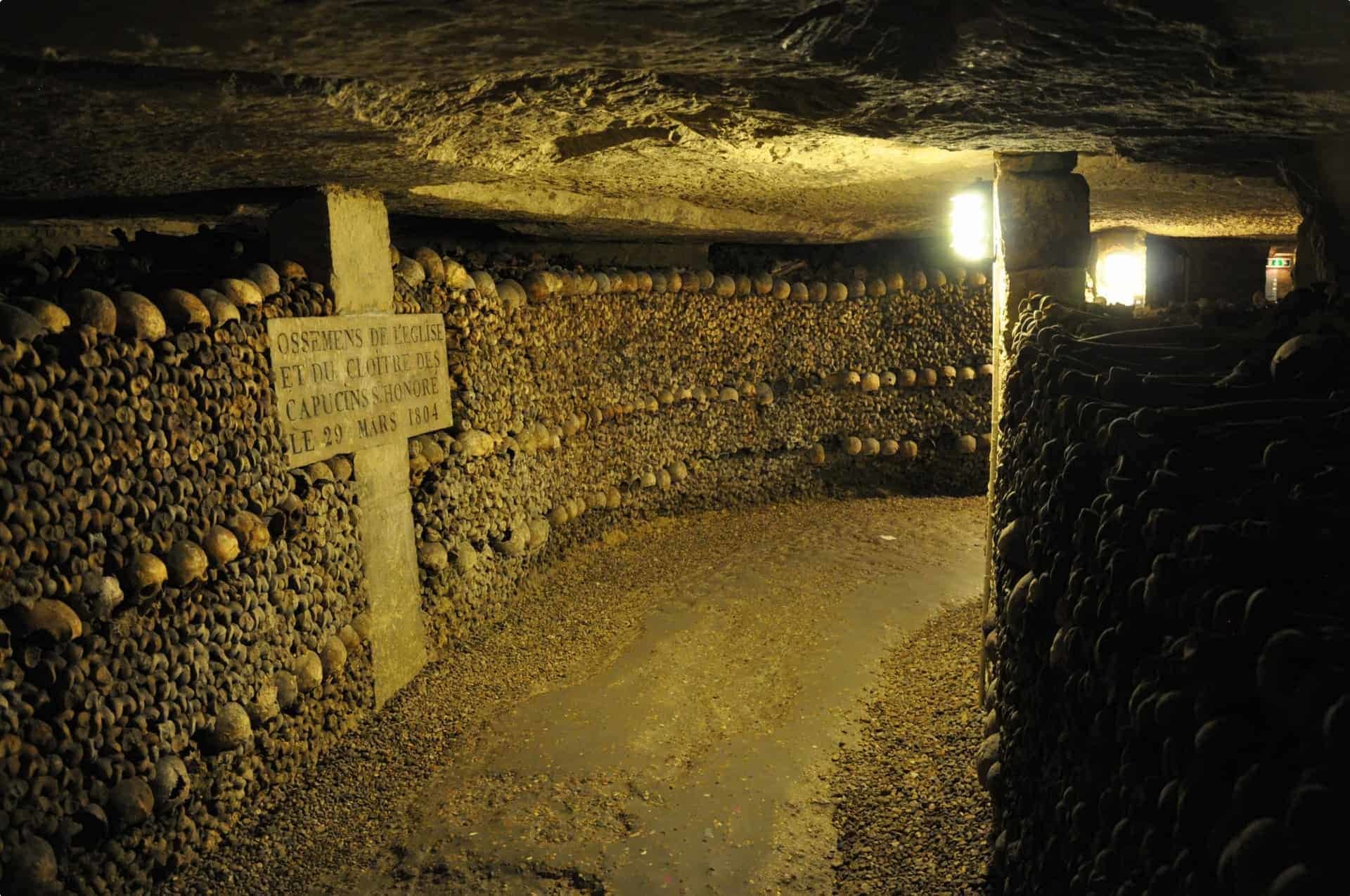
Above-ground, the Holy Innocents’ Cemetery was transformed to an herb and vegetable market. Place Joachim-du-Bellay now covers the site of the cemetery, with the “Fountain of Innocents” marking the centre of the square.
The revolutionary movement that would eventually topple the French monarchy reached its first climax in 1789. In 1792, Guillaumot, who was appointed by the king and therefore connected to the former regime, was thrown into prison for two years. He went right back to work as Inspector of Quarries upon his release in 1794, assuming as well the duties of head of the tapestry factory Manufacture des Gobelins. He continued mapping Paris’s underground tunnels until his death in 1807.
He was buried in the Cimetière Sainte-Catherine, but when the cemetery was emptied in 1883, the great architect joined the other dead Parisians beneath the city, in the Catacombs he had helped build.
Esplanade Charles-Axel Guillaumot
The portion of Rue d’Enfer that collapsed in 1777 is now part of the Boulevard Saint-Michel, with the remainder of the street named after Colonel Denfert-Rochereau, a French serviceman who defended Belfort during the Franco-Prussian War.
Guillaumot’s gravestone disappeared when Cimitière Sainte-Catherine was excavated, and no one knows exactly where his bones lie in the Catacombs. For more than two centuries, there were no monuments dedicated to the architect who had bestowed order upon Paris’s underground quarries.
This changed in 2017, when the Esplanade Charles-Axel Guillaumot was unveiled. The street named after Guillaumot is located in the 14th arrondissement near the busy Denfert-Rochereau train station, the entrance to the Catacombs, and the historic headquarters of the inspectorate he once headed—a fitting memorial to Paris’s hard-working and illustrious citizen.

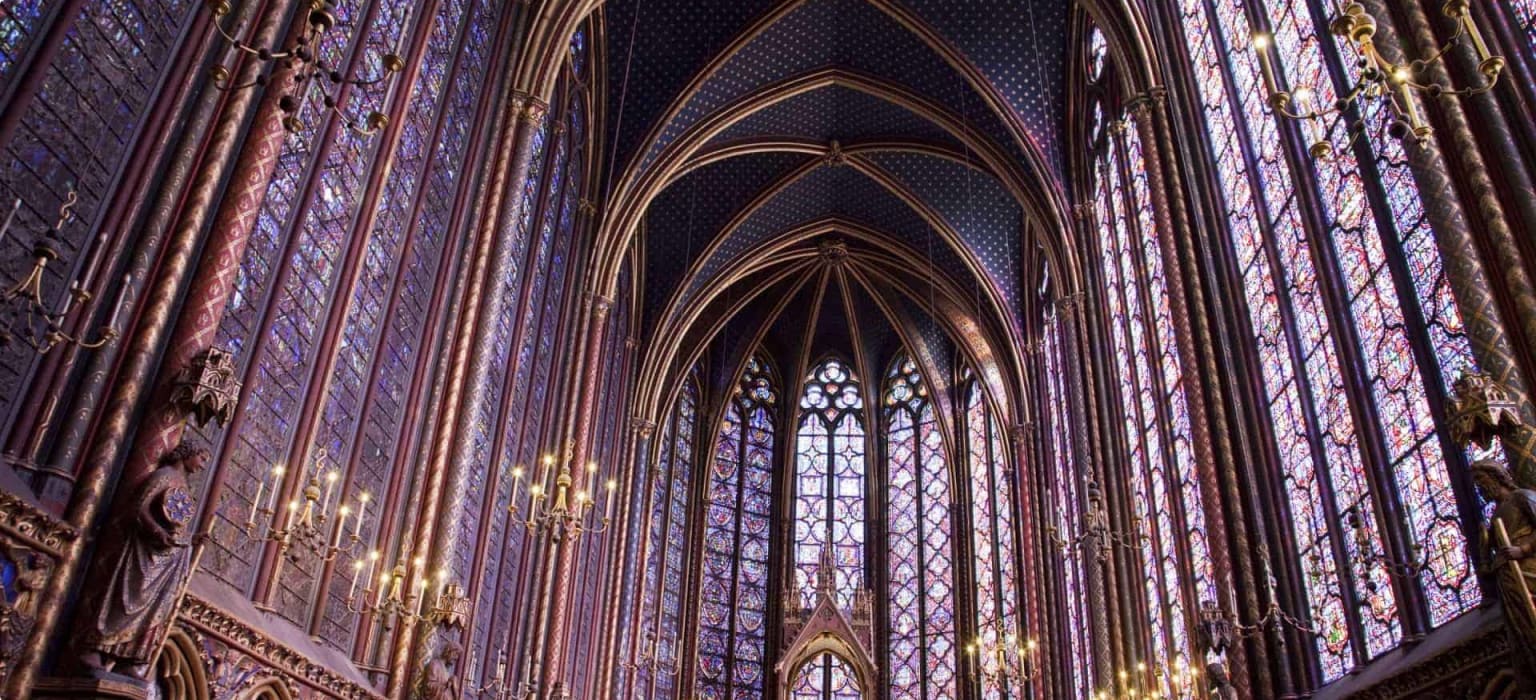
Visiting Paris
Now that we’ve seen a glimpse of the history of Paris Below, it’s time to explore Paris Above with its fascinating historic sites. Odyssey Traveller arranges small group tours to Paris and the rest of France, designed for the active senior. Join a memorable tour that will immerse you in Parisian life for 21 days, going beyond traditional sightseeing tours in the City of Lights. The days are planned around the themes of French art, literature, history, and fashion, with plenty of time for self-exploration and to stroll around the city. This specially designed tour, facilitated by local tour guides, will take you to some 22 museums, galleries, hidden gems and key sights of Paris, including:
Notre Dame Cathedral
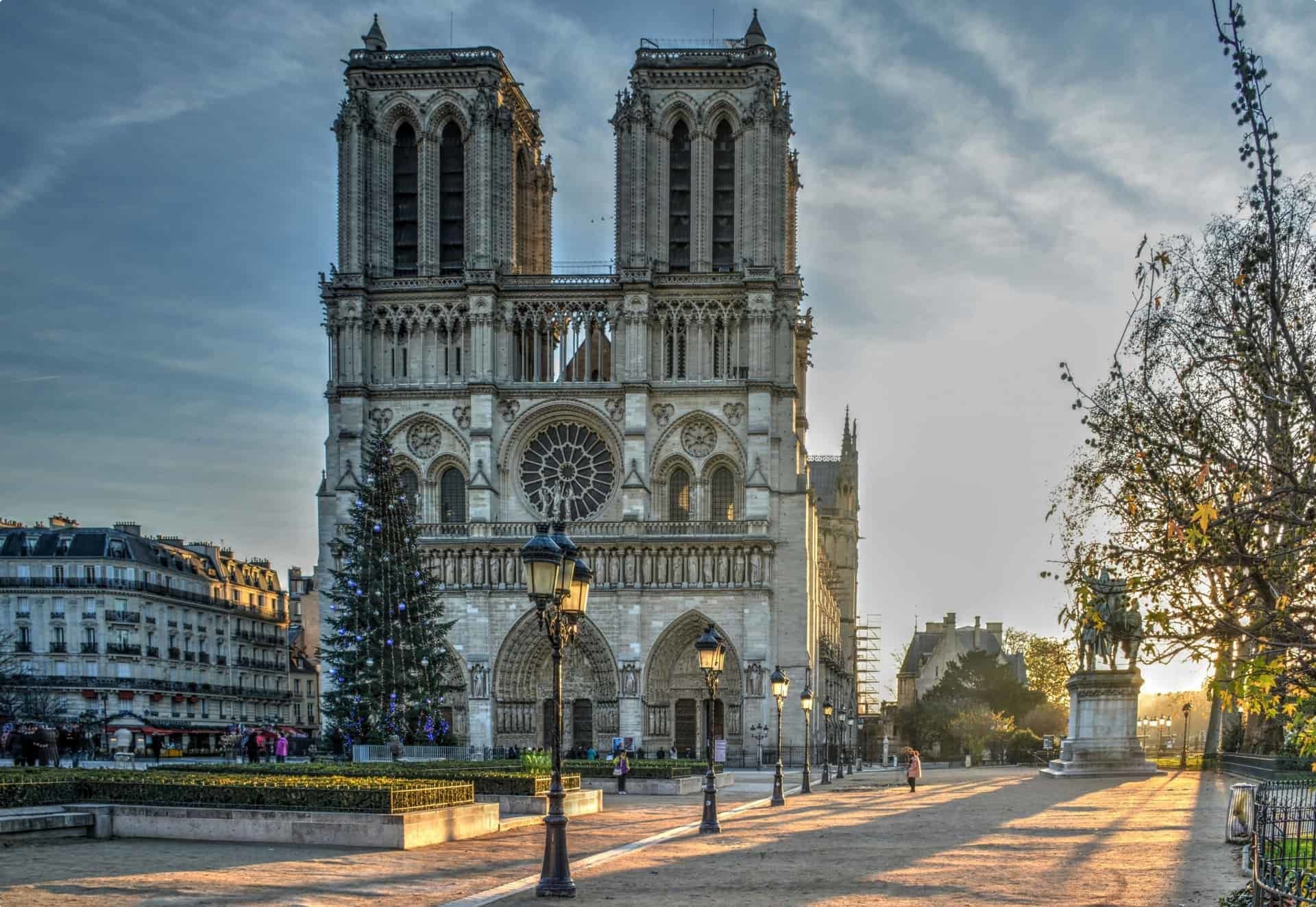
This Gothic cathedral, also known as Notre Dame de Paris (“Our Lady of Paris”) is located in the fourth arrondissement on the eastern half of the Île de la Cité. Dating back to the 12th century, this architectural masterpiece sits on the ruins of two earlier churches, which were themselves built on the site of a Gallo-Roman temple dedicated to Jupiter. The Notre Dame has three great stained-glass rose windows, and iconic gargoyle sculptures added during the cathedral’s restoration in the 19th century.
Arc de Triomphe
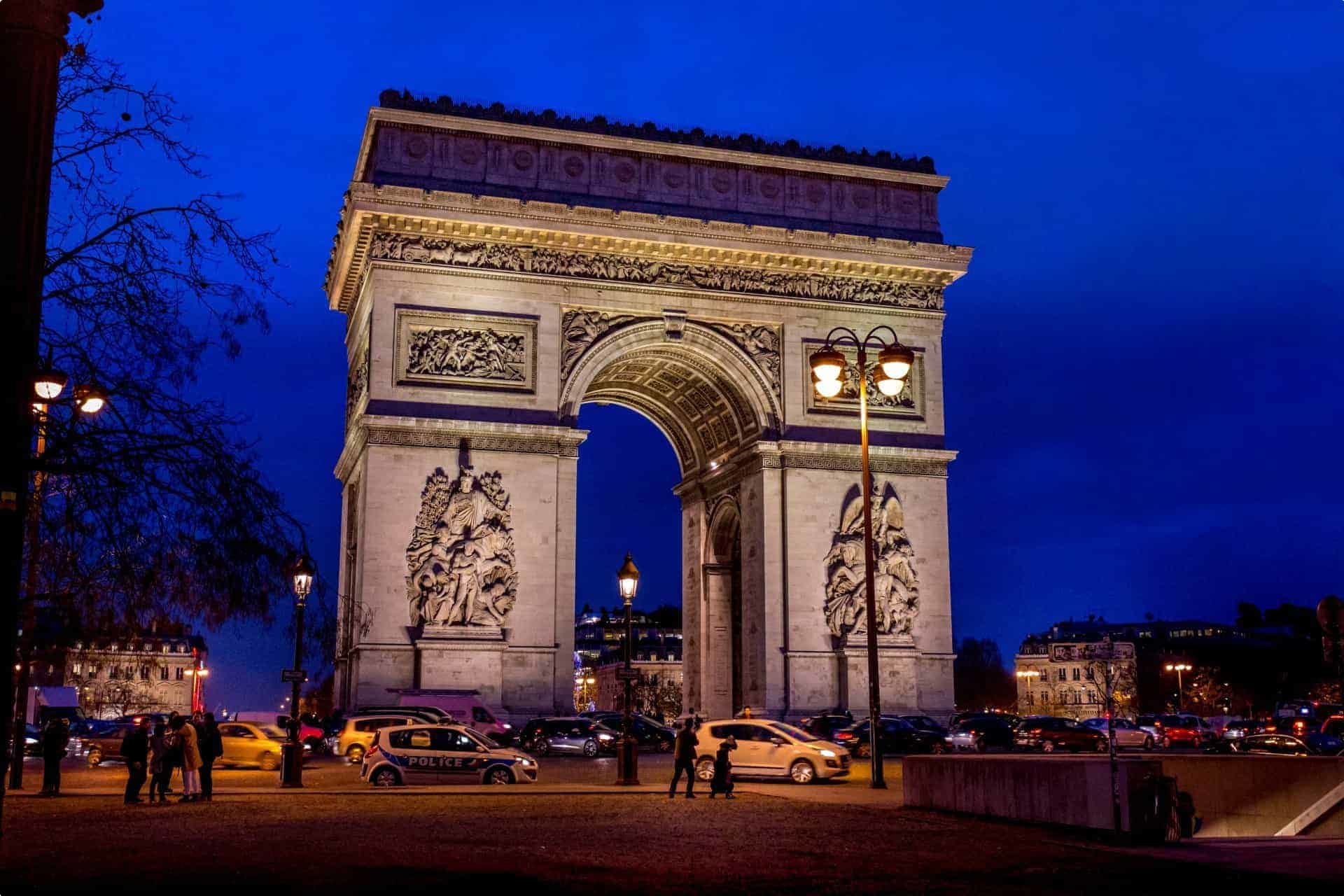
The Arc de Triomphe de l’Étoile (“Triumphal Arch of the Star”) stands at the western end of the Champs-Élysées. (There is a smaller arch, the Arc de Triomphe du Carrousel, standing west of the Louvre.) It was commissioned by Emperor Napoleon in 1806 but he never saw its completion. It was inaugurated in 1836 by King Louis-Philippe, dedicating the massive arch to the armies of the Revolution and the Empire. The arch bears the names of French generals and the military victories they led. Beneath the Arc is the Tomb of the Unknown Soldier from World War I, interred in 1920.
Louvre Museum
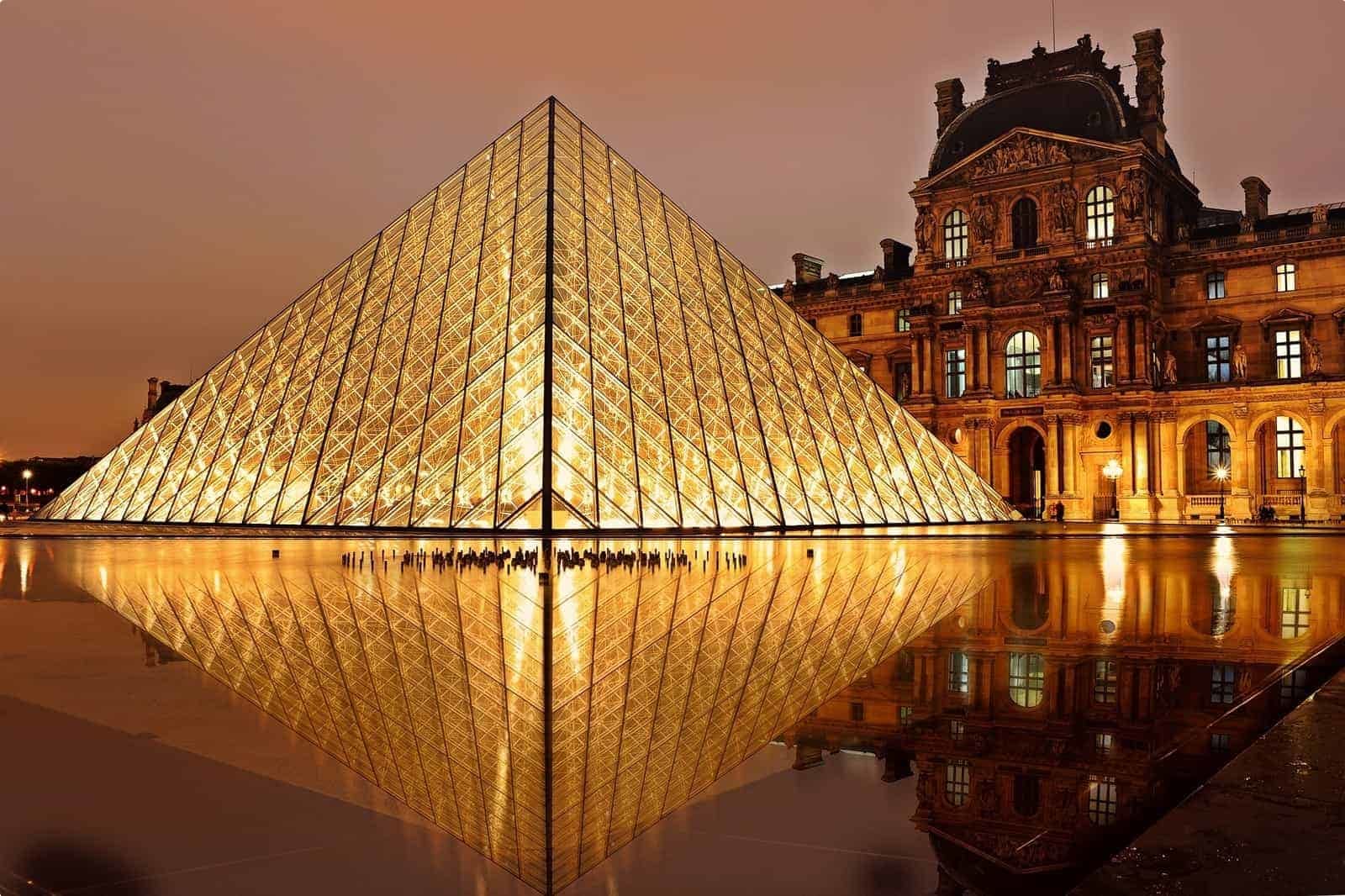
The Louvre Museum (Musée du Louvre) is the national museum and art gallery of France, housed in a palace that used to serve as a royal residence. Originally a fortress built by Philip II in the 12th century to protect Paris from the English, the palace was turned into a royal residence by the art-loving Francis I and altered by succeeding French monarchs, some of whom also acquired great works of art. The Louvre Palace ceased to be a royal residence when Louis XIV moved his court to Versailles in 1682. The palace was opened as a museum in 1793 and now houses work from ancient civilisations to the modern age.
Domaine National Du Palais-Royal

Standing opposite the Louvre, the former royal residence was originally called Palais-Cardinal, the personal residence of Cardinal Richelieu. Upon the cardinal’s death in 1642, the palace became the property of the monarchy and was renamed the Palais-Royal. Today, the palace houses France’s Constitutional Council and the Ministry of Culture.
Château du Monte-Cristo
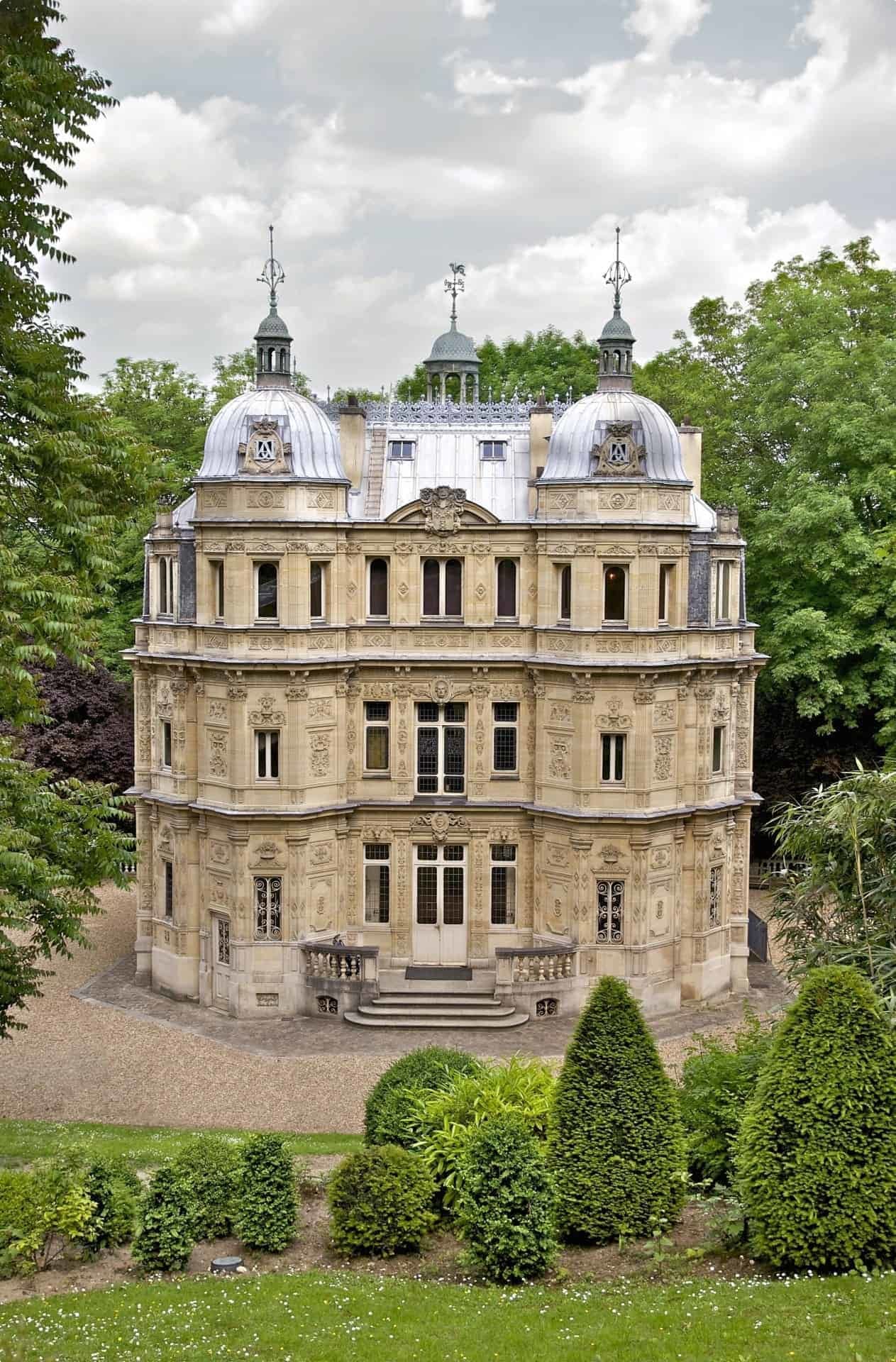
The Château du Monte-Cristo is the home of the writer Alexandre Dumas, père (“father”, to distinguish him from his writer son, Alexandre Dumas, fils), famous for The Three Musketeers, The Man in the Iron Mask, and The Count of Monte-Cristo, from which the chateau takes its name. Dumas commissioned the chateau to serve as his bucolic refuge from the city, but he had to sell the property in 1848. It was restored in the 1990s as a permanent museum in honour of the great writer, and visitors can now visit Dumas’ three-storey, neo-Renaissance home overlooking the Seine. The grounds has a garden and a smaller red-brick chateau called the Château d’If, designed as a writing studio.
Place de la Bastille
The Place de la Bastille is a square in Paris where the Bastille prison once stood. Nothing of the former state prison remains; the Bastille was stormed in 1789 by an armed mob of Parisians during the opening days of the French Revolution and subsequently demolished. The July Column commemorating the French Revolution of 1830 stands in the middle of the square.
Palais Galliera
Also known as the Musée de la Mode de la Ville de Paris (City of Paris Fashion Museum), this museum of fashion and fashion history is housed inside a Renaissance-style palace. It displays exhibits of French fashion design and costume from the 18th century to the present.

The beautiful city of Paris has more to offer. Explore the detailed Paris itinerary here or search Odyssey Traveller’s other tours for great destinations.
About Odyssey Traveller

We specialise in educational small group tours for seniors, typically groups between six to 12 people from Australia, New Zealand, USA, Canada and Britain. Our maximum number of people on a tour is 18 mature aged travellers. Typically, our clients begin travelling with us from their mid 50’s onward. But be prepared to meet fellow travellers in their 80s and beyond! Both couples and solo travellers are very welcome on our tours. We have some 150 tours and offer 300 scheduled departures on offer each year. Odyssey has been offering this style of adventure and educational programs since 1983.
Odyssey Traveller is committed to charitable activities that support the environment and cultural development of Australian and New Zealand communities.
Odyssey Traveller scholarship for Australia & New Zealand University students.
We are also pleased to announce that since 2012, Odyssey has been awarding $10,000 Equity & Merit Cash Scholarships each year. We award scholarships on the basis of academic performance and demonstrated financial need. We award at least one scholarship per year. We’re supported through our educational travel programs, and your participation helps Odyssey achieve its goals. Students can apply for the scholarship by clicking on this link to find out more details.
Join our loyalty program when you join an international small group tour.
Every International small group tour taken typically contributes to your membership level in our Loyalty Program for regular travellers. Membership of the alumni starts when you choose to take your first international small group tour with Odyssey Traveller, discounts in tour pricing for direct bookings accrue from your third tour with Odyssey Traveller. To see the discounts and benefits of being a Bronze, Silver, Gold, and Diamond alumni member with us, please see this page.
For more information on Odyssey Traveller and our educational small group tours, visit and explore our website, and remember to visit these pages in particular:
- Terms and conditions applicable for booking an Odyssey Traveller tour.
- FAQ’s about Odyssey Traveller
Alternatively, please call or send an email.
Related Tours

22 days
Apr, May, SepAnglo French Tour | Normandy, Brittany, Channel Islands tour
Visiting Channel Islands, England
Our 21 night program has daily itineraries with plenty of authentic experiences provided by passionate local guides in the key destinations in France, Channel Islands and England for this small group of like minded people. For Solo travellers minimal single supplement applies for this European tour.
From A$18,995 AUD
View Tour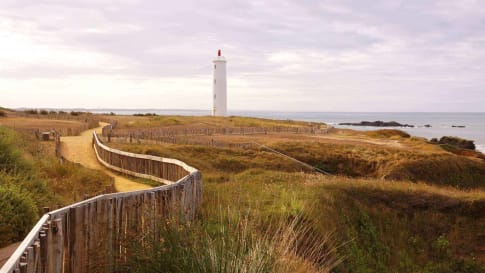
21 days
Jun, Sep, JulFrance on Foot | Small Group Walking Tours France
Visiting France
Our France on Foot small group walking is designed for the active walker and extends from the scenic island of Noirmoutier on the Atlantic Coast via the Massif Central on the borders of Limousin and the Auvergne to the snow-tipped peaks of the Alps in Savoy.
From A$19,345 AUD
View Tour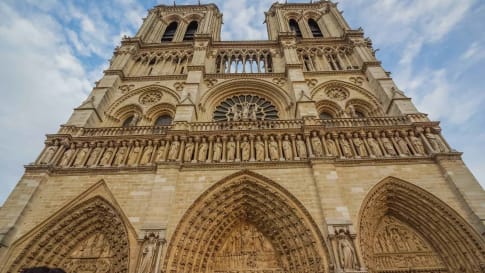
21 days
May, OctHistory of France by Rail | Escorted Small Group Tour for Seniors
Visiting France
French History by Rail small group tour is based on Ina Caro’s book of the same name. Participants live in central Paris, using apartments as a base, living as the locals do, whilst meeting each day as a small group to journey by rail and TGV to the beautiful medieval centres of France.
From A$17,595 AUD
View Tour
24 days
Sep, AprLa Belle France small group escorted history tours for seniors
Visiting France
Travelling with like minded people on this small group we visit several culturally significant and picturesque regions of France, including Provence, Champagne, Burgundy, and Bordeaux regions, where we sample wine and learn more about the tradition of wine-making. We also visit the Loire Valley to see its many castles. Finally, we travel to Bayeux, from where we we visit Mont St Michel and spend time up on the Normandy landing beaches with local guides.
From A$19,965 AUD
View Tour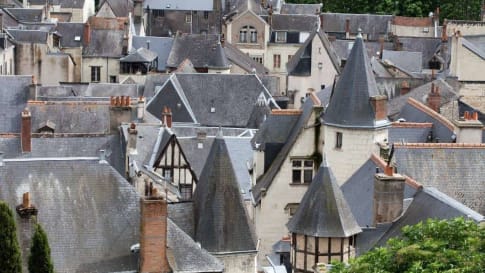
18 days
Jun, SepLoire Valley Walking Tours | Small Group Tours of France
Visiting France
The Loire Valley is the largest of all the UNESCO World Heritage sites. This small group walking tour daily itineraries cross a multitude of historic towns and villages providing authentic experiences for couples and single travellers to enjoy. A small single supplement applies to solo travelers.
From A$13,365 AUD
View Tour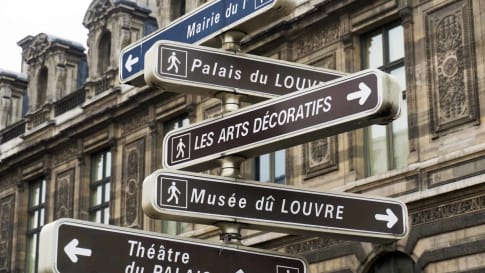
21 days
Mar, SepExplore Paris | 21-day Small Group Tour Exploring Parisian Life
Visiting France
On this small group tour of Paris, travellers take the time to join local guides to learn about the destinations within this city. Authentic experiences with like minded people and an Odyssey tour leader. Staying in apartments this European tour immerses itself in Paris' history, art, and culture in the city of light.
From A$15,325 AUD
View Tour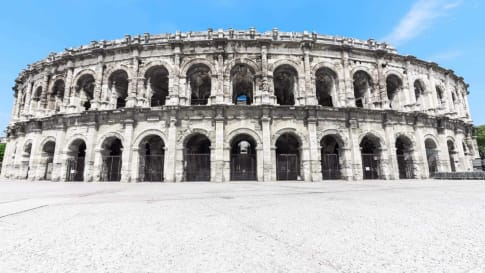
20 days
AugRomans in France small group specialist history tours for seniors
Visiting France, Switzerland
Join our small group tour to explore what remains of the Roman Gaul. France, Belgium, Luxembourg and South-west Germany were occupied by Roman Gaul some 2,000 years ago. To this region the Romans brought roads, bridges, education, cities and, perhaps, above all the Peace of Rome.
From A$16,995 AUD
View Tour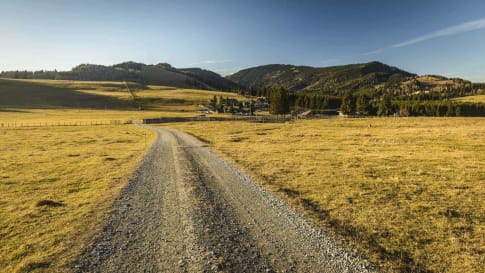
25 days
Sep, May, Apr, OctSecret France | Small group tours France | Places of cultural interest for seniors
Visiting France
Our small group tour designed with the mature traveller in mind, gives you the chance to see eight different locations over 25 days while experiencing local culture, trying regional cuisine, exploring breathtaking architecture and admiring beautiful scenery. From Zurich the tour will move south towards Sare before returning north to Paris where the tour finishes, for a significant part of our journey we will be following old pilgrim pathways, taking the group deep into the villages, valleys, shrines and ski resorts.
From A$17,995 AUD
View Tour